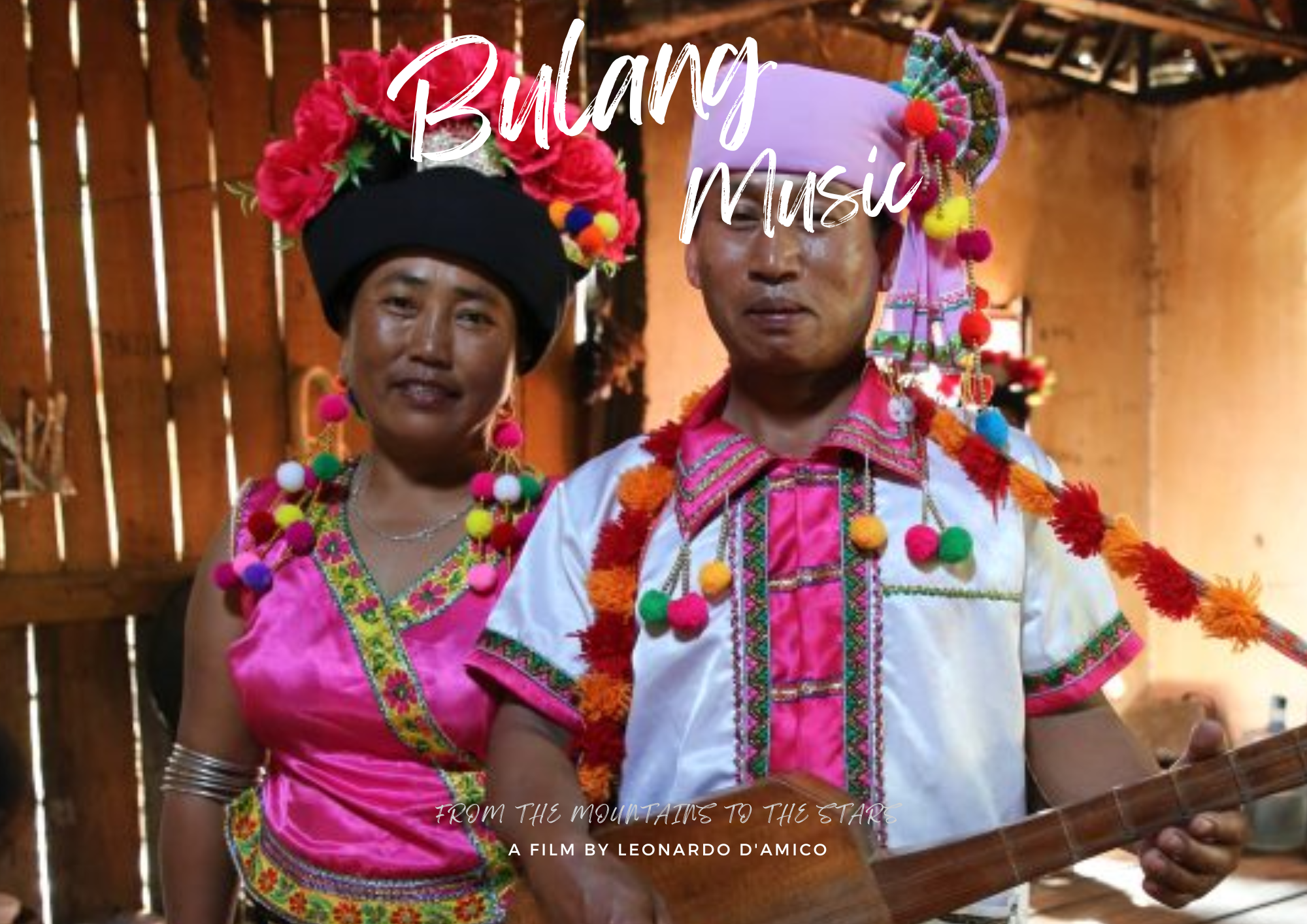
Bulang Music
From the Mountains to the Stars
A documentary film by Leonardo D’Amico
Shot by Leonardo D’Amico and Zhang Hai in Xishuangbanna, Yunnan Province, Southwest China.
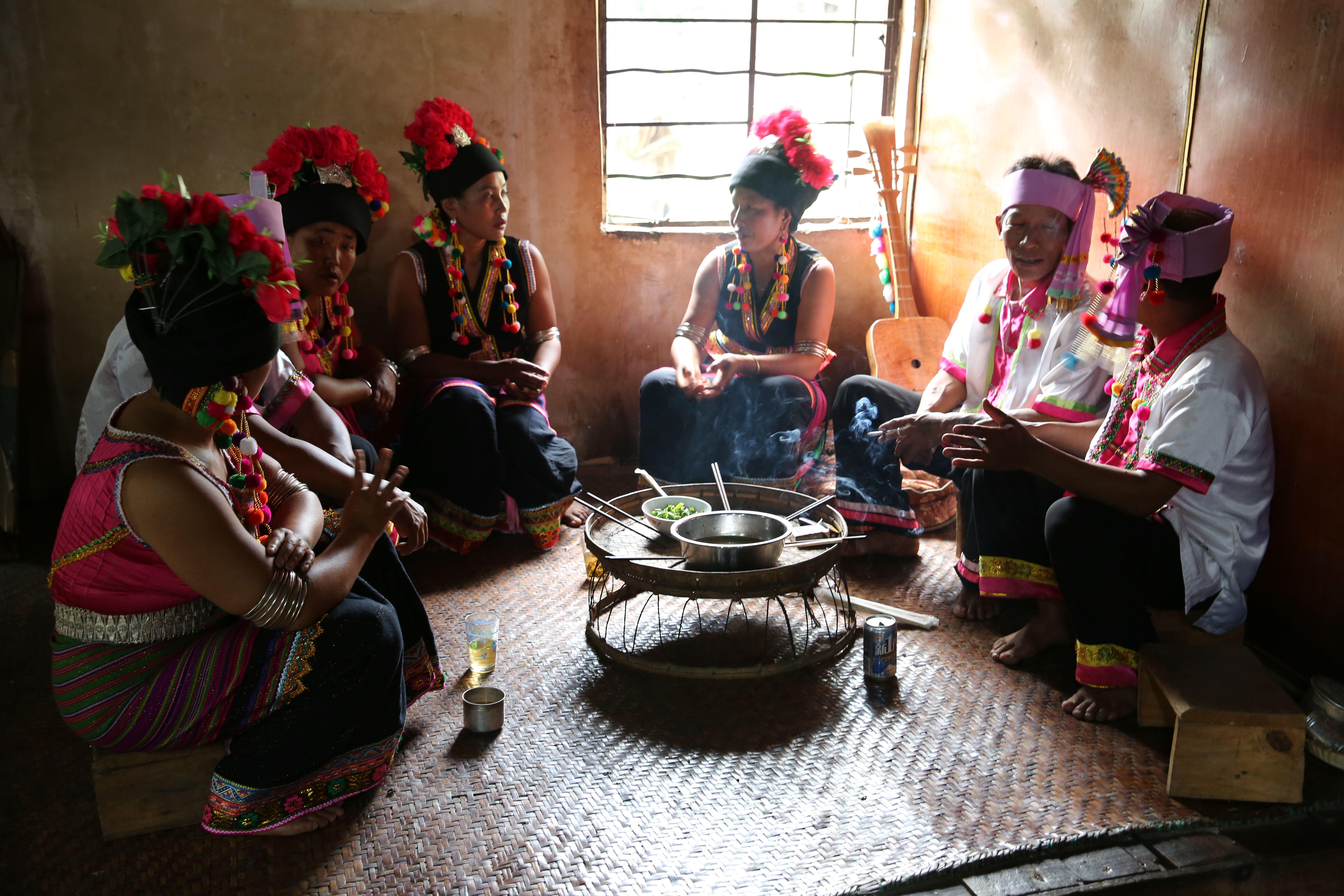
Synopsis
Bulang Music. From the Mountains to the Stars aims to offer an insight into Bulang musical culture, by conducting a musical ethnography in the village context and by exploring minority self-representation in media, staged performances, and popular music, taking as a case study a small ethnic minority living in southwest China: The Bulang people.

Bulang culture
Ethnicity
The Bulang (Bulang zu), like the De’ang and the Wa, are considered to be descendants of an older ethnic group, who lived in the Lancang River valley in ancient times, known in Chinese historical records as the “Pu” or “Pu man”. The Bulang language belongs to the South Asian language family: the Mon Khmer language group. The Bulang people have their own spoken language but do not have their own writing system. The most prominent influence on the Bulang is from Dai (Thai) ethnic group. Some Bulang songs are sung in Dai (Thai) language. Bulang ethnicity, being one of the least populated ethnic groups in China, is considered a “minority among the minorities” in Yunnan.
Location
The Bulang are distributed in the mountainous areas along the middle and lower reaches of the Lancang River (Mekong) in the west and southwest of Yunnan Province. They mainly live in the mountainous areas of Bada, Liangding, Daluo, and Bulang Mountain in Menghai County, Xishuangbanna Dai Autonomous Prefecture. 36,000 Bulang live in Xishuangbanna, representing 3.67% of the population, and are mainly distributed in Menghai county; in particular, more than 60% of Bulang people live on Bulangshan (Bulang Mountain), a mountain that has become renowned for its Pu’er tea.
Beliefs
From the tenth century, Bulang communities converted to Theravada Buddhism under the influence of Dai who ruled the area for centuries before the Han moved in (“Pazhao” is the name for Buddha in both Bulang and Dai languages). Nevertheless, Bulang traditional beliefs draw on a mixture of ancestor worship, polytheism, and Theravada Buddhism; practices associated with ceremonies of the agricultural cycle and Buddhist beliefs are often intertwined in syncretic forms.
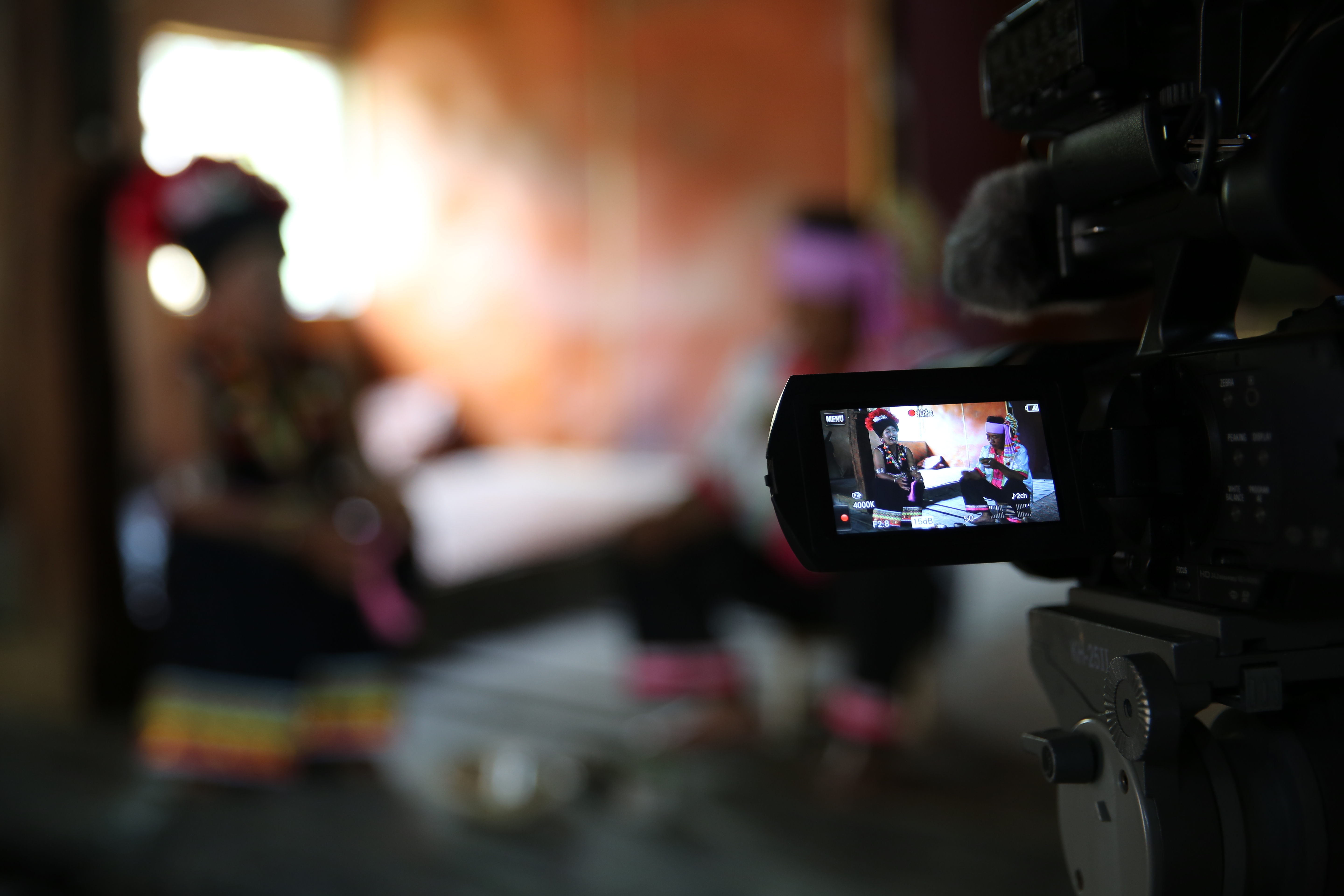
The documentary
The first part of the film outlines a cinematic musical ethnography conducted by the author with visual anthropologist Zhang Hai among the Bulang ethnic group in Xishuangbanna, Yunnan Province, Southwest China. The research was focused mainly on three traditional musicians and culture bearers living in Manxi village. The aim was to create audiovisual documentation of Bulang’s musical heritage, to highlight the connection between mythology and musical system, and to observe the extent to which the pace of social change in modern times has been accompanied by the pace of musical change, danger or loss, and the emergence of a new musical aesthetic. Music-making is observed in different contexts and occasions, such as in daily household life, in the temple for Buddhist rituals, in staged performances for tourists and urban immigrants, and in TV talent shows. The Bulang musical genres and folksong repertoire are defined according to the native concepts and taxonomy (the so-called “ethno-theory”), elicited through formal interviews with the culture bearers. The second part of the documentary shows a new scenario in which Bulang’s self-representation in media, staged performances and popular music negotiate/reshape their (musical) identity in the contemporary showbiz environment.
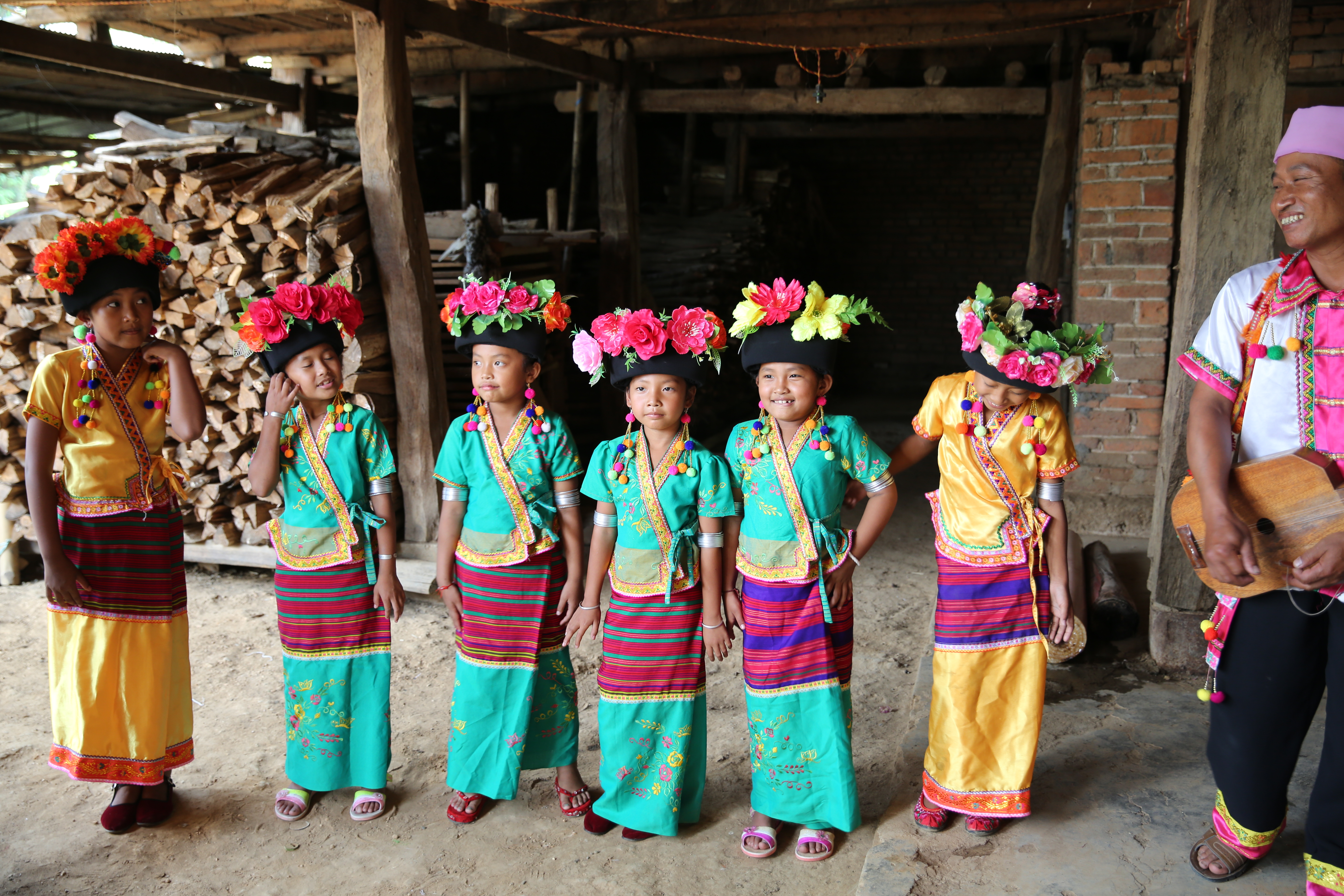
Bulang music
The word ‘music’ does not exist in the Bulang vocabulary; instead, they use the term suo for “singing” and ding for both “musical instrument” and “instrumental music”. For the Bulang, folk singing is the most important art form and the main means of expression.
A feature common to all Yunnanese ethnic minorities, including Bulang, is the highly communicative function of singing to express feelings that are not commonly expressed through spoken language; in other words, people “speak with songs”, especially with love songs which make up the bulk of the vocal music repertoire.
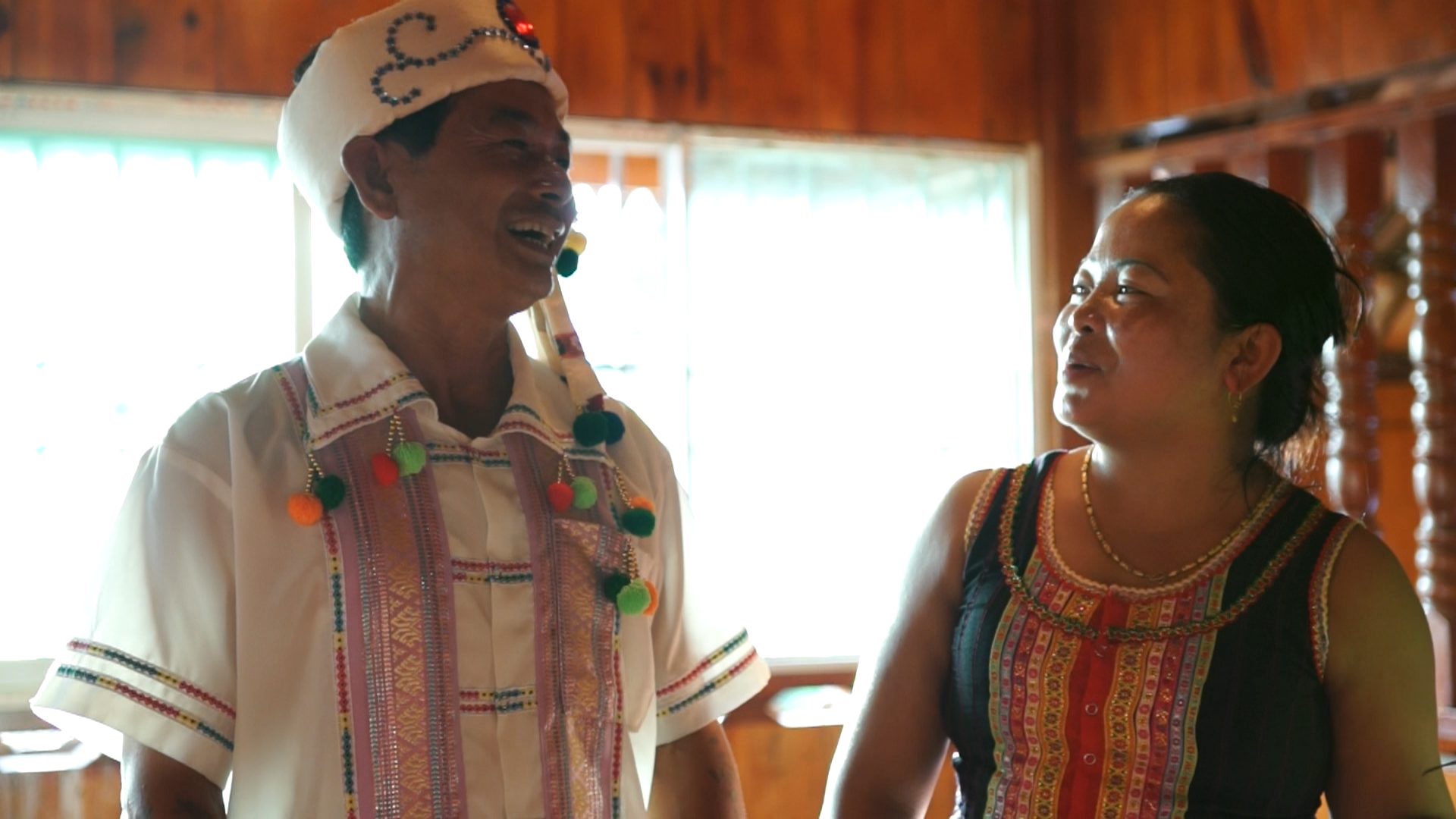
folksongs
“We should be together,
have a common goal in life
and live together as one.
Only one heart
can sing with the same meaning.
Let’s not divide ourselves
into two streams of water.
When we become a family
we must become one stream of water.
Gathering into a common force.
We Bulang do not distinguish
between villages and regions.
There are no distinctions,
we are all Bulang.
We must be of one heart and one mind.”
Song “Jingde” sung by Ai Wa Luo


Bulang singers compose new texts on existing tunes inherited from the elder musicians. The lyrics are new creations, while the melodies are maintained unchanged over time. All suo songs are sung by one or two singers alternating, accompanied by the ding lute whose function is to repeat and emphasize the pentatonic melodic line of the song. The ding is the only melodic instrument used to accompany traditional songs.

TECHNICAL DETAILS
name of the film: BULANG MUSIC. FROM THE MOUNTAINS TO THE STARS
original language: Chinese Mandarin
voice-over: English
subtitles: English / Chinese
type of film: documentary
format: digital file MP4 H.264
running time: 44 min.
colour
screening ratio: 16:9
25 fps
sound: stereo
country of production: China
year of production: 2023
Photos by Zhang Hai
Awarded as Best Documentary at the Virgin Spring Cinefest 2023
WINNER of the Global Independent Film Festival of India 2023
WINNER ofthe 4th Indian International Short Film Festival 2023 
Selected for the Portugal Indie Film Festival 2023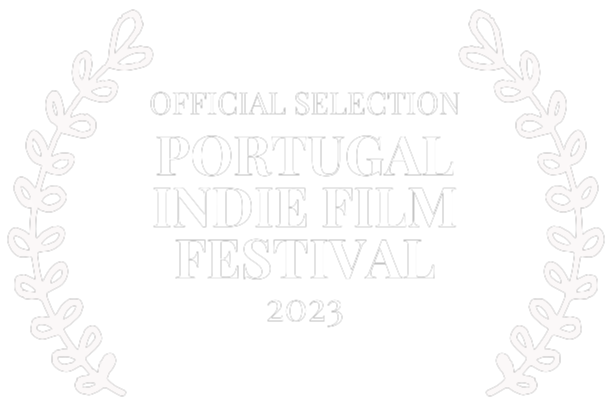
Selected for the Stockholm City Film Festival 2023 
Selected for the International Kuala Lumpur Eco Film 2023 
Selected for the 10th Goa Short Film Festival 2023 
Selected for the 4th Alibag Short Film Festival 2023 
Manxi village, Menghai County, Xishuangbanna Prefecture, Yunnan Province, China

written and directed by
Leonardo D’Amico
cinematography
Leonardo D’Amico and Zhang Hai
narration
Alexander Khalil
editing
Leonardo D’Amico
research
Leonardo D’Amico, Zhang Hai, Diamantina Palacios
production

